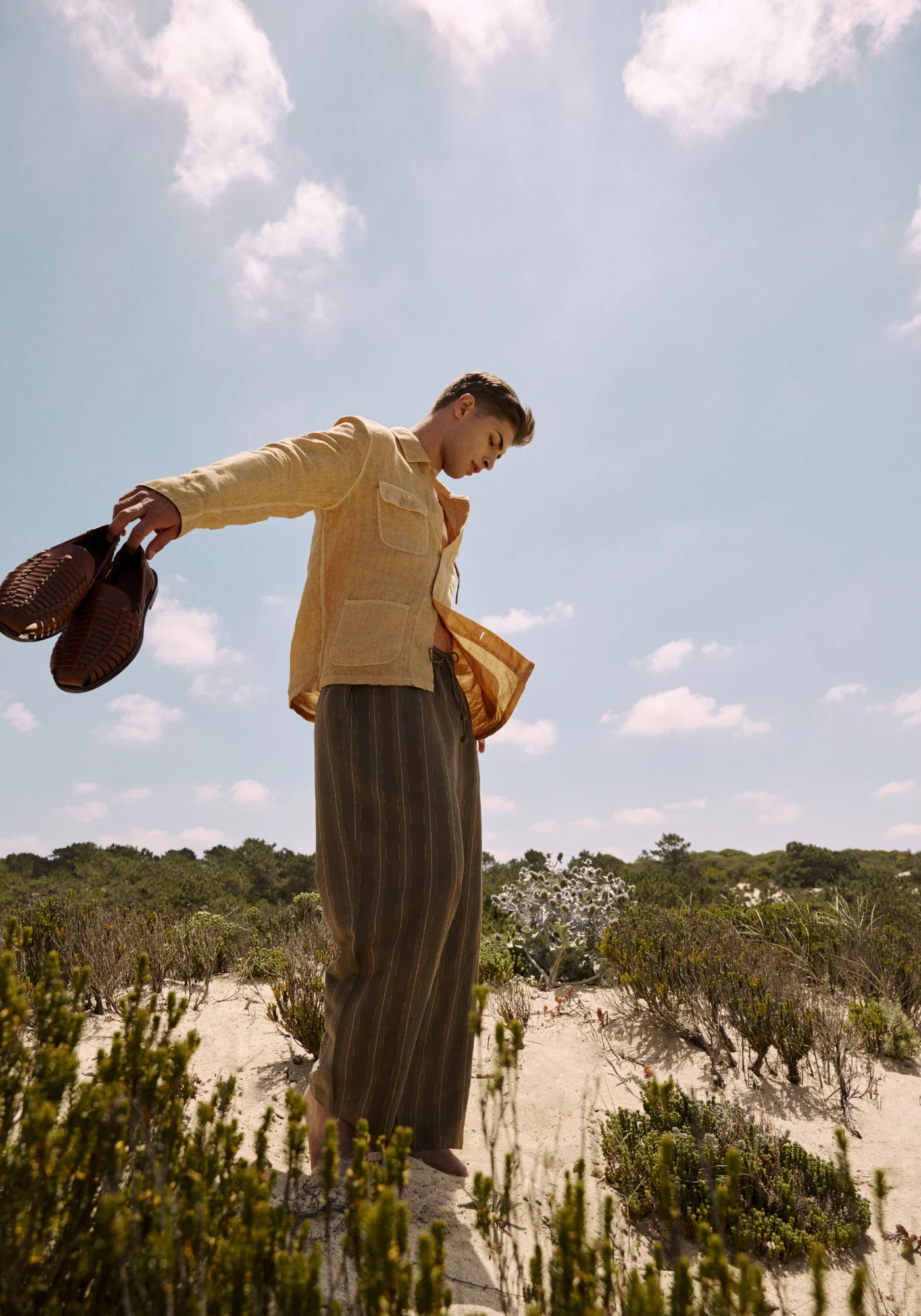Comporta: Un secreto (no tan) bien guardado
Vaya donde vaya en Alcácer do Sal, es fácil encontrar a alguien que dirá que ha tenido un encuentro con una luz. Una luz serena y muy brillante que acompaña a las personas en sus desplazamientos nocturnos. La leyenda varía de un municipio a otro, pero aquí se llama la luz de Caniceira, una especie de fuego fatuo que excita la imaginación desde hace décadas. Donde hay humo, hay fuego, y las leyendas cuentan una historia, añadiendo especias a un misterio, después de todo la vida sin misterio no es nada. Esta es la realidad surrealista que te corta las alas y te mantiene con los pies en el suelo, pero veamos: en Comporta, la gente siempre tiene los pies en la arena y la cabeza en el cielo, lleno de estrellas hasta donde alcanza la vista por la noche y de un azul que toca el mar durante el día. Es un lugar donde todo y cualquier cosa puede suceder, donde la magia surge cuando desaparece la señal de los teléfonos móviles. Y si algo tiene esta tierra es una luz que te envuelve: ¿por qué si no todo el mundo estaría tentado de mudarse aquí?


























































































